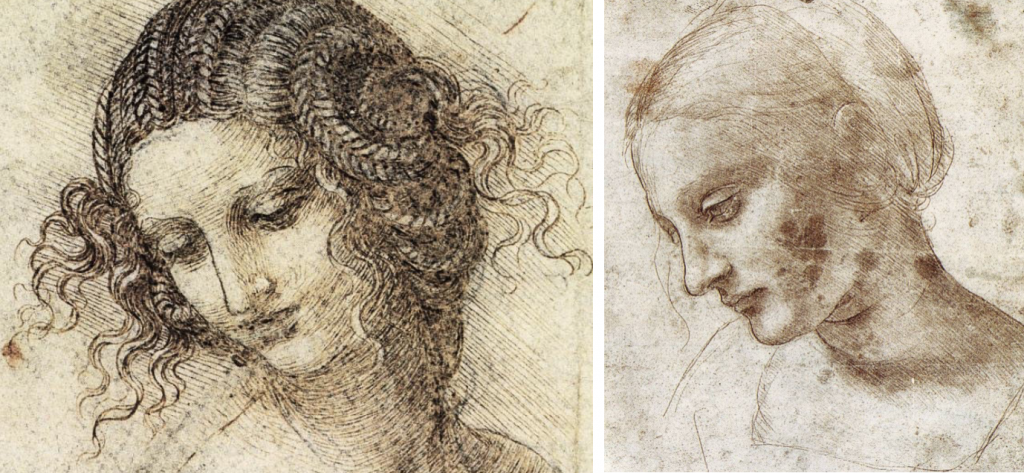The Clock in St. Mark's Clocktower is an excellent example of the development of clockwork over the years. Inaugurated in 1497, it used weights and a Verge and Foliet escapement, and showed the 24 hours of the day (Italian style), the relative positions of 5 planets, the moon's phases, and the position of the sun in the zodiac. It required a clock-keeper to manage and maintain the clock.
It was rebuilt in 1752, and the verge and foliet escapement was replaced by a Graham dead-beat escapement (a type of anchor escapement) and 4-meter pendulum, while the face of the clock was changed to the 12-hour style, the planetary dials were removed and a rotating moon ball was added.
In 1857 it was restored again, and a digital display was added, using two large wheels behind the doors for the Magi. These had to be reset by the clock-keeper manually. The escapement was changed to a pinwheel and slightly longer pendulum.

 Led by Prof. Dino Franco Felluga (
Led by Prof. Dino Franco Felluga (